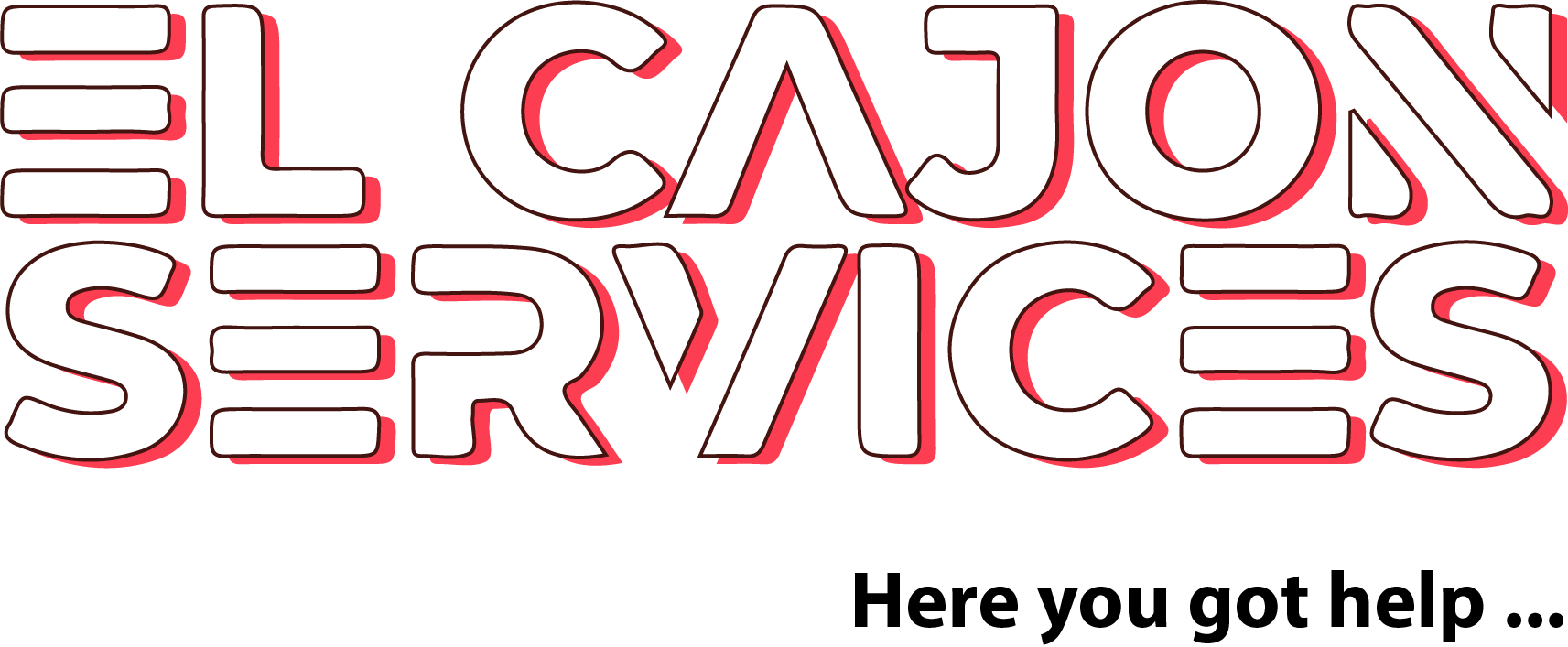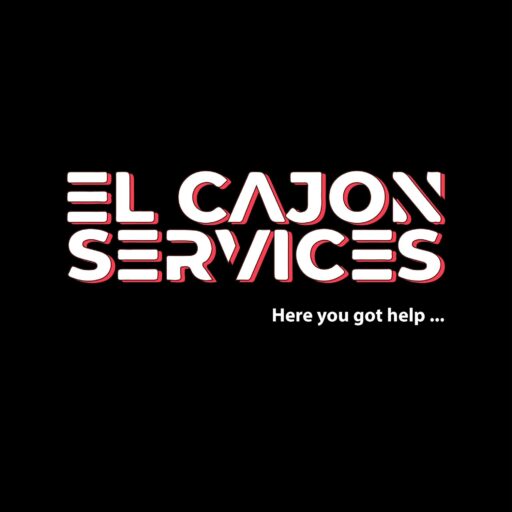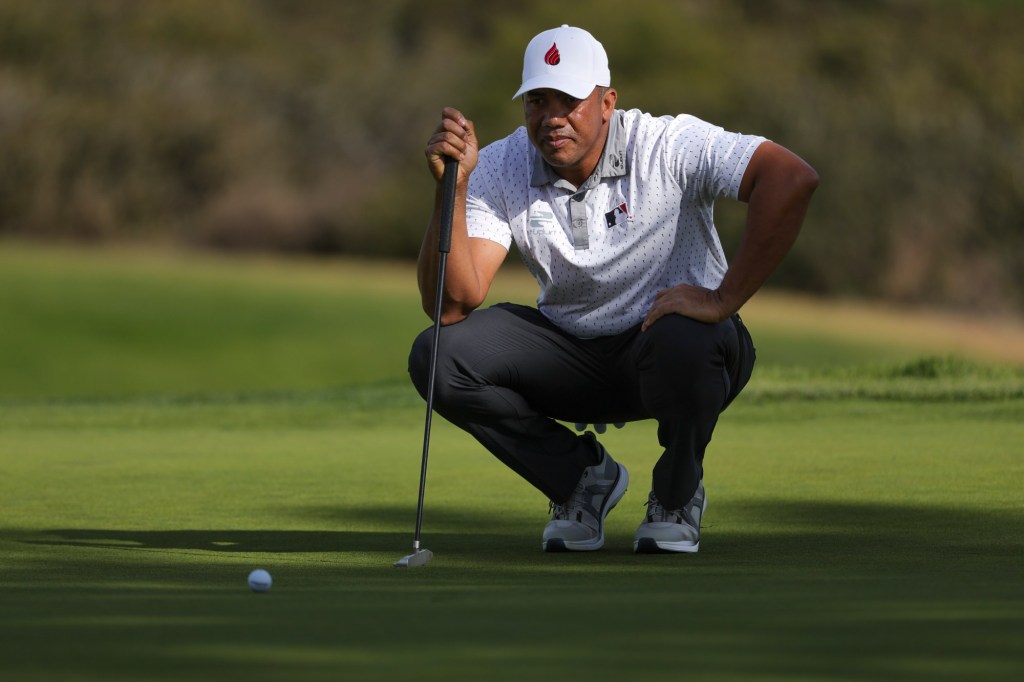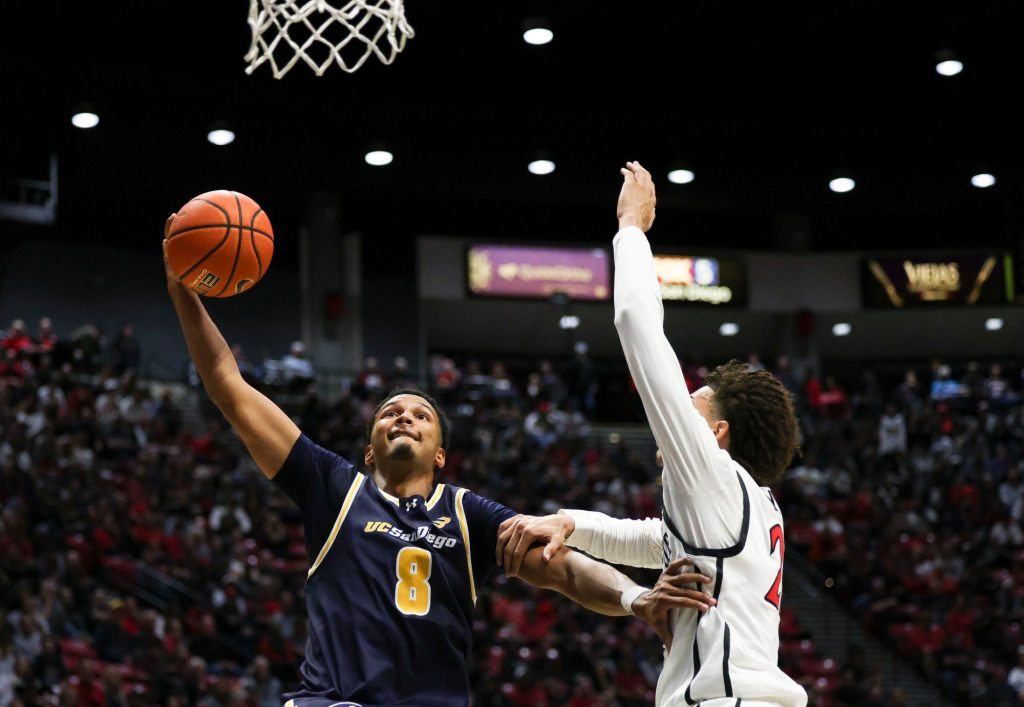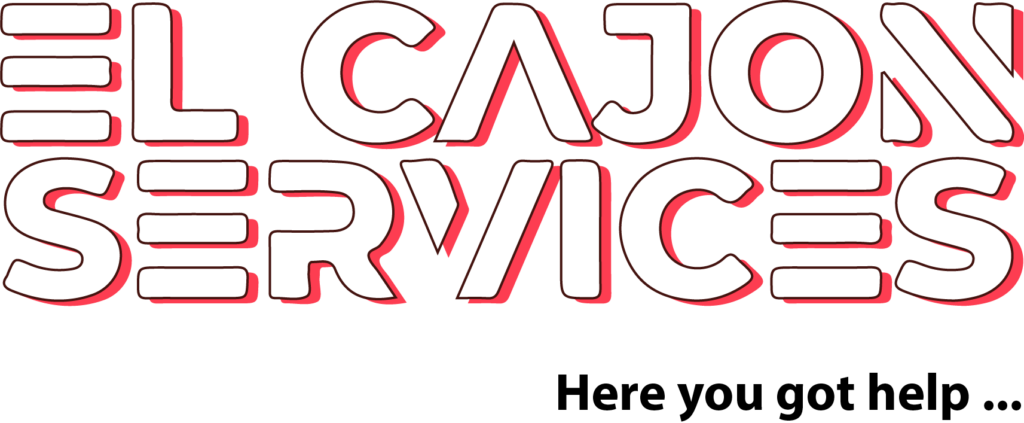Your Local SEO and Digital Marketing Experts in San Diego County
Pickle is an imposing figure. In her uniform of vibrant pageant dresses and a bouffant blond wig, the vivacious, live-singing drag queen is hard to miss both on and off the stage. Perhaps a good quality to have as the inaugural official Drag Laureate of West Hollywood.
A native of Los Angeles, Pickle came up in the bars and clubs that cluster around the west end of Santa Monica Boulevard, a.k.a. the backbone of this tiny city-within-a-city. As one of only two official Drag Laureates in the country (the other is in San Francisco), Pickle has been tasked with highlighting and enhancing the appreciation and impact of drag culture in West Hollywood. “There’s an unofficial saying: So goes WeHo, so goes California, so goes the nation,” Pickle says. “WeHo is such a young city. … It’s just a really vibrant patch of land.”
For a city that stands at just 1.9 square miles, West Hollywood punches way above its weight in terms of cultural impact. As an unincorporated part of Los Angeles County until a coalition of LGBTQ activists, seniors and renters came together to establish the first city council in 1984, it has been the backdrop for the hippie movement of the 1960s and ’70s, the punk rock scene of the ’80s and a home to L.A.’s queer community since its inception.
It’s also been the unofficial playground of Hollywood since Hollywood began. WeHo landmarks like Chateau Marmont and the Sunset Tower Hotel have been the stomping grounds of the biggest celebrities in the world, and music venues like the Troubadour and Whisky A Go Go birthed the careers of Elton John, Led Zeppelin, Joni Mitchell and countless others. West Hollywood also knows how to party. Every October, ghouls, goblins, sexy firefighters and the like roam the open streets in one of the country’s biggest Halloween carnivals, and come June, WeHo Pride transforms West Hollywood Park into the epicenter of music, art and all-around queer joy.
When it comes to politics and social issues, West Hollywood has always been at the progressive forefront. It was one of the first cities in the nation to begin issuing same-sex marriage licenses after the landmark Supreme Court ruling in 2008. (After the decree, actor George Takei, known for playing Sulu in the original “Star Trek” series, and his partner, Brad Altman, were among the first wave of people to obtain the new gender-neutral marriage licenses from West Hollywood City Hall. “May equality live long and prosper,” he announced as he flashed the famous Vulcan hand salute.) WeHo also has one of the strictest rent-stabilization laws in the country, protections for senior housing and more public art per capita than any other city in the U.S.
And fun fact: The city council gave Stormy Daniels the keys to the city on May 23, 2018, naming it Stormy Daniels Day.
When I first moved to Los Angeles from New York, I didn’t know West Hollywood was an independent city. What I did know is that my husband and I were nervous about leaving NYC’s public transportation behind. So we made it a priority to find a neighborhood that was relatively central and had at least a few restaurants and shops within walking distance. Eleven years later and we still haven’t left WeHo’s wildly irregular borders. (Is it a tiny pistol? An aging T. rex?)
Thanks to traffic, nothing in L.A. is close. But the beauty of West Hollywood is that everything feels easy to get to. Eastside neighborhoods like Silver Lake or Los Feliz are a straight shot east on Fountain Avenue. I like twisting my way west on Sunset Boulevard to get to the beaches of Santa Monica and Malibu, snaking through the posh ZIP Codes of Bel-Air, Westwood and the Pacific Palisades. DTLA is a quick trip down the 101, and hiking in the hills is even easier.
And if we don’t feel like traveling, there’s plenty to do right in our own backyard. The Pickup, a free trolley service that runs the length of the city along Santa Monica Boulevard Friday through Sunday evenings, is an easy way to get to Or Bar or Schmitty’s, our favorite watering holes, without having to worry about who’s driving home or paying for the Uber.
This is the little city in the center of it all, in a city with no real geographical center.
This must be West Hollywood.
What’s included in this guide
Anyone who’s lived in a major metropolis can tell you that neighborhoods are a tricky thing. They’re eternally malleable and evoke sociological questions around how we place our homes, our neighbors and our communities within a wider tapestry. In the name of neighborly generosity, we included gems that may linger outside of technical parameters. Instead of leaning into stark definitions, we hope to celebrate all of the places that make us love where we live.


